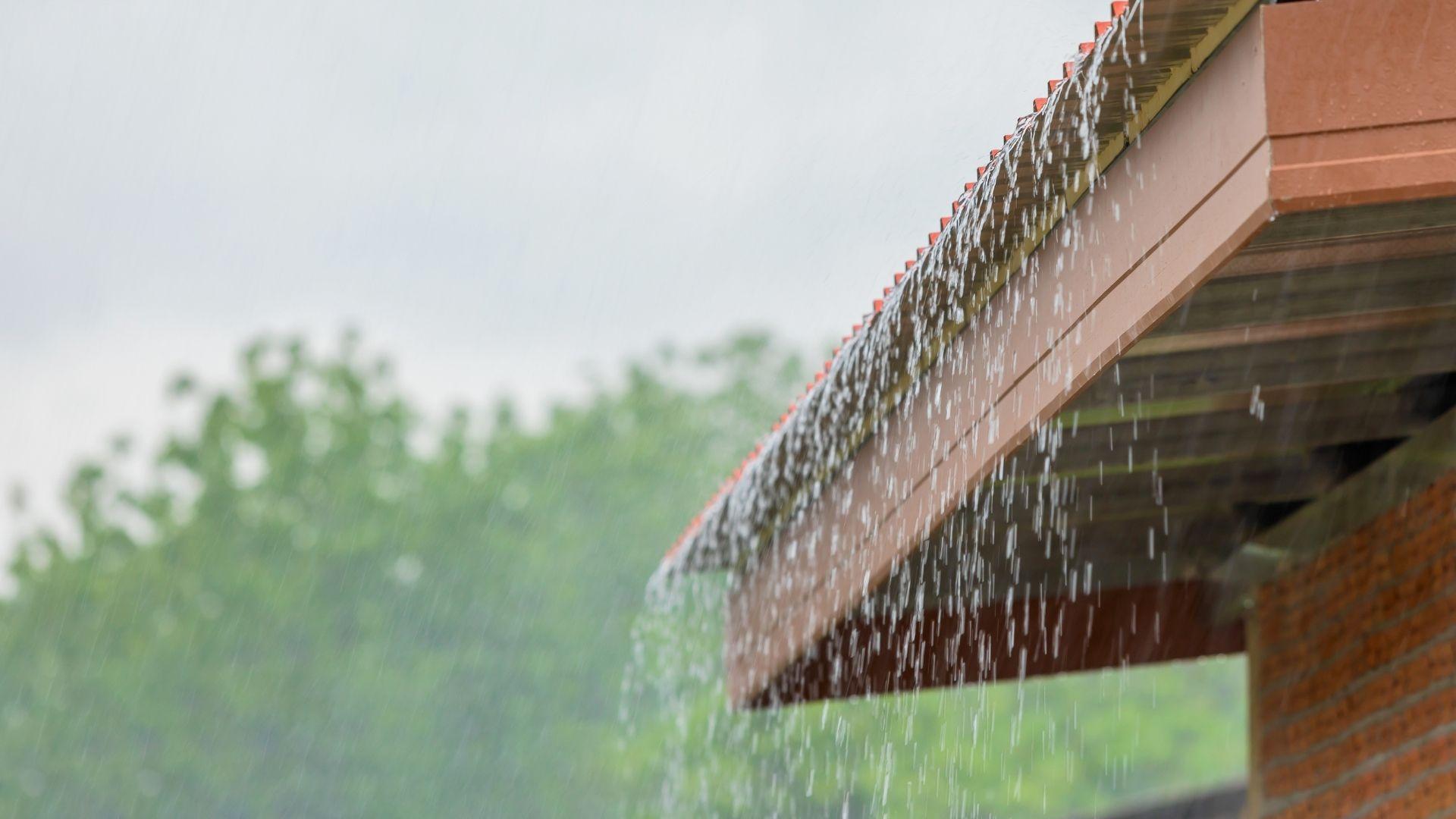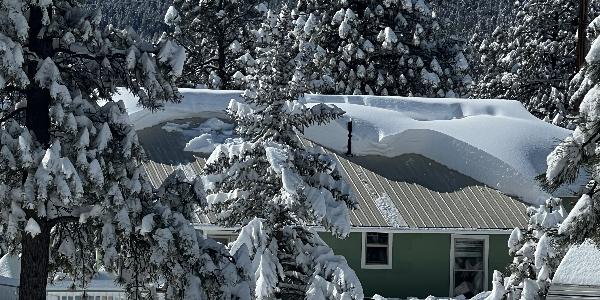Fortifying your construction methods

By Emma Peterson.
Learn about the three standards of building that keep your clients and their homes safer in dangerous weather.
Severe weather storms are some of the most unpredictable and damaging events a roof might face. In this episode of Roofing Road Trips®, Megan Ellsworth spoke to Fred Malik of Insurance Institute for Business and Home Safety (IBHS) and Ben Murphy of Ben Murphy Company to discuss the FORTIFIED construction method and how this program results in more resilient homes. Both Fred and Ben know the challenges that come from working in areas with severe weather events, with Ben’s contracting business working in Louisiana, Mississippi and Alabama and Fred, prior to working with IBHS, having been a contractor in the Florida and Texas areas.
Taking inspiration from that type of on-the-job experience, IBHS began to research what could make roofs more resilient. Fred explained, “We have a giant wind tunnel on it and enables us to be able to look at entire homes and roof systems, and subject them to things like Category 3 winds, hail, wildfire, wind-driven rain, all kinds of different things.” From this research, they developed the FORTIFIED Standards of building. These standards focus in three primary areas:
1 - Nailing it down
Fred explained, “What we mean by nailing it down is, we want to make sure that the roof deck, whatever surface the roof covering is ultimately going to be affixed to, is solidly attached to the roof framing.” In practice, this standard looks like using ring shank nails in a specific pattern to properly nail down the roof.
2 - Sealing it up
The next step is employing a set of sealed roof deck techniques to close off access points for water. Fred explained why sealing these access points matter so much, “90% of the insured claims that are filed following a high wind event involves some sort of roof cover damage.” If the roof cover is damaged or these access points get breached, water can seep even further into the building and damage the structural integrity of the framing.
3 - Locking it in
This standard focuses on the perimeter of the roof. Fred explained, “The highest pressures, the largest load that a roof is going to see in a high wind event is going to be at the perimeter.” So, the FORTIFIED program makes sure to outline specifics for installing roof cover systems along the outer edge.
Ben attested to these standards' power as his company began implementing the FORTIFIED program on all their projects in 2015. He explained their results, “We've got several neighborhoods here in Orange Beach that had FORTIFIED roofs that we had done prior to the storm, and there's houses right next door that had complete roof failures. So, that was a really good test.”
Read the transcript or Listen to the podcast to learn more about the FORTIFIED program.
Learn more about FORTIFIED by IBHS in their Coffee Shop Directory or visit www.fortifiedhome.org.
About Emma
Emma Peterson is a writer at The Coffee Shops and AskARoofer™. Raised in the dreary and fantastical Pacific Northwest, she graduated in 2024 from Pacific University in Oregon with a degree in creative writing and minors in graphic design and Chinese language. Between overthinking everything a little bit, including this bio, she enjoys watching movies with friends, attending concerts and trying to cook new recipes.























Comments
Leave a Reply
Have an account? Login to leave a comment!
Sign In